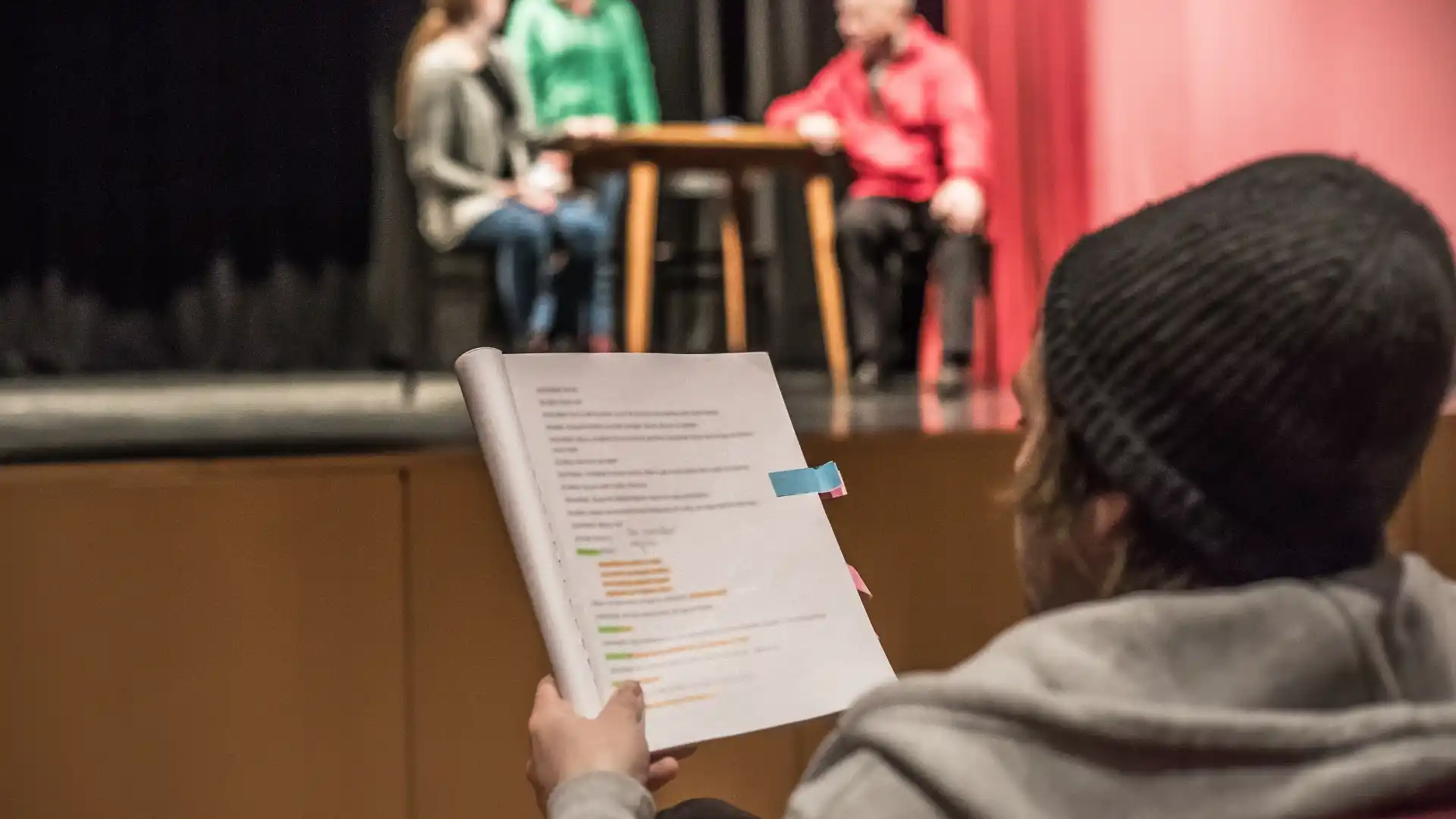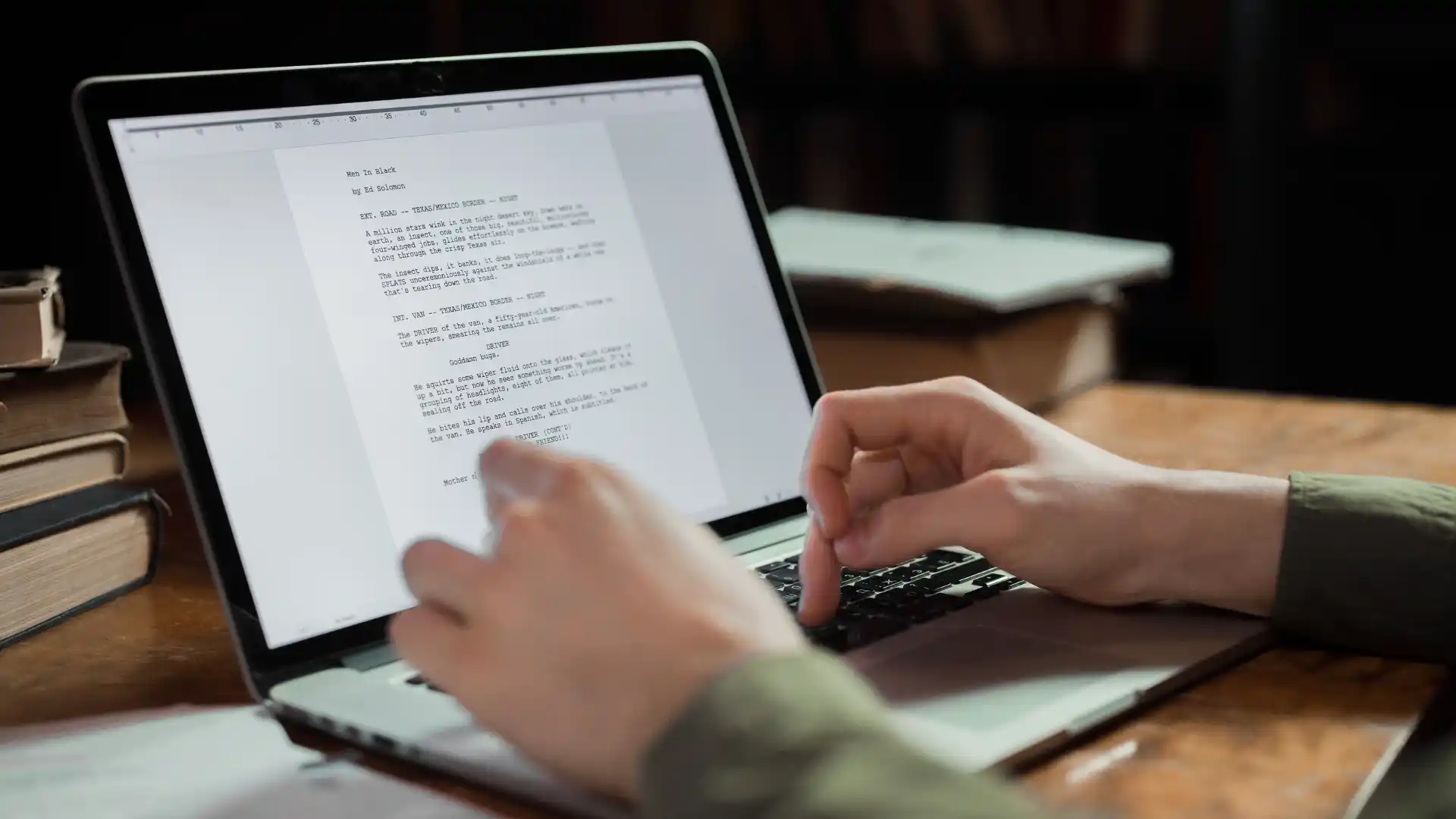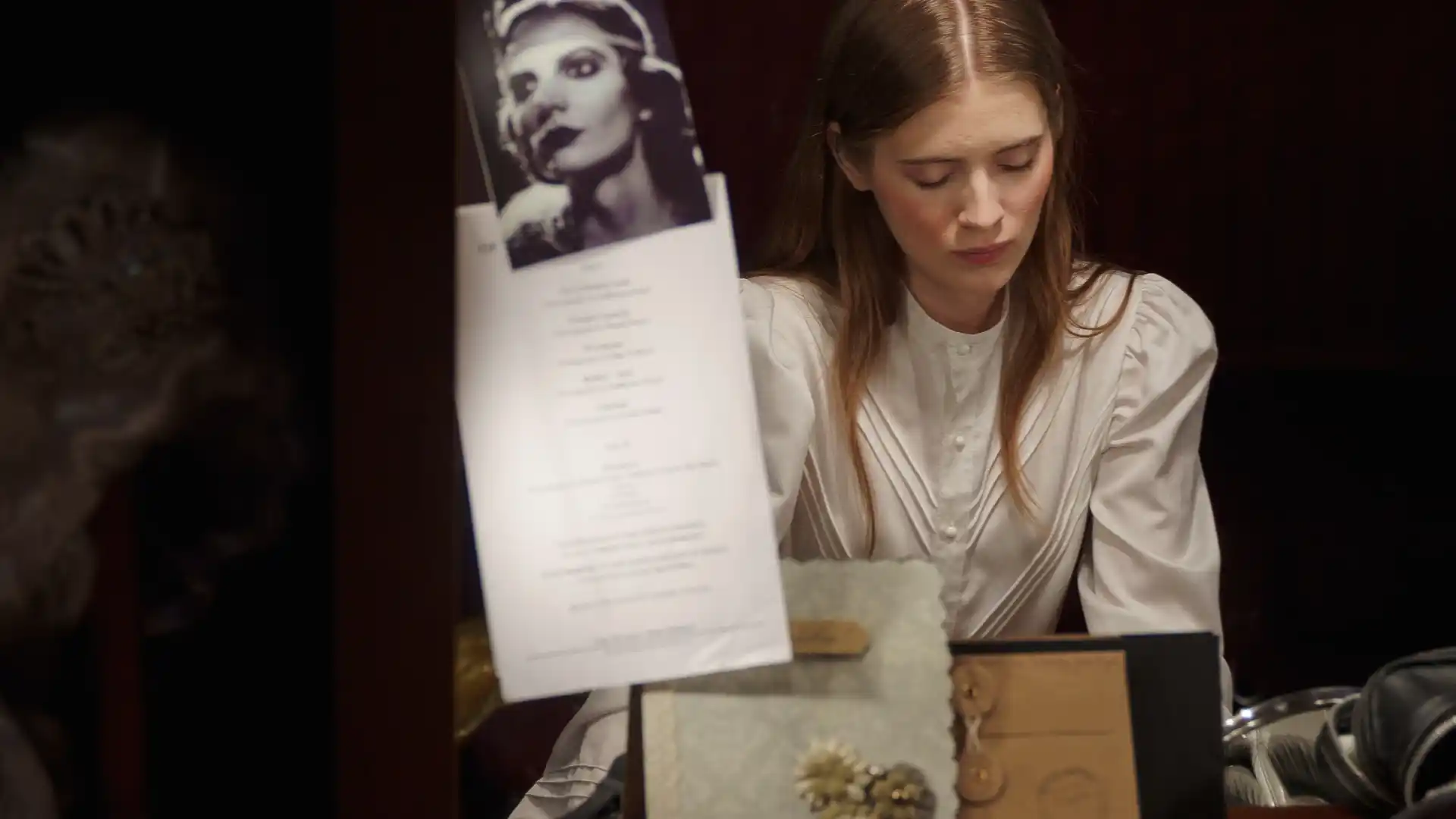In the field of 3D modeling and animation, achieving realistic textures is a crucial aspect that can elevate the quality of your creations. Physically Based Rendering (PBR) texturing has become the standard in the industry for creating lifelike materials that respond to light realistically.
Whether you’re a seasoned professional looking to refine your skills or a budding artist eager to delve into the realm of PBR texturing, this comprehensive guide will provide you with the knowledge and techniques needed to master this essential skill.
Understanding PBR Texturing
PBR texturing is a technique that aims to simulate how light interacts with surfaces in the real world. By taking into account various properties such as roughness, metallic, and specular, PBR textures can create materials that look authentic and react convincingly to different lighting conditions.
This approach allows artists to achieve a level of realism that was previously challenging to attain with traditional rendering methods.
Benefits of PBR Texturing
One of the key advantages of PBR texturing is its ability to streamline the texturing process while maintaining high-quality results. By adhering to a standardized workflow and utilizing PBR-ready materials, artists can create textures that are physically accurate and visually appealing.
Furthermore, PBR textures are highly versatile and can be used across different platforms and rendering engines, making them a valuable asset for artists working in various industries.
Essential Tools for PBR Texturing
To effectively create PBR textures, artists need access to specialized software and tools that support the PBR workflow. Popular software like Substance Painter, Quixel Mixer, and Adobe Dimension offers a range of features tailored to PBR texturing, allowing artists to paint, layer, and manipulate materials with ease.
Resources such as PBR material libraries and online platforms like Texture Haven and Poliigon provide artists with a vast selection of ready-to-use textures for their projects.
Intro To PBR Texturing Techniques
Achieving mastery in PBR texturing requires a combination of technical knowledge, artistic skill, and attention to detail. Here are some essential techniques to help you enhance your PBR texturing skills:
- Understanding Material Properties: Familiarize yourself with the fundamental properties of PBR materials, including albedo, roughness, metallic, and normal maps. Each property plays a crucial role in defining how a material will appear in a 3D scene.
- Texture Mapping: Learn how to effectively map textures onto 3D models using UV mapping techniques. Proper UV unwrapping ensures that textures are applied accurately and seamlessly across the model’s surface.
- Layering Textures: Experiment with layering different textures to create complex and realistic materials. By blending base materials with overlays like dirt, scratches, or decals, you can add depth and detail to your textures.
- Utilizing PBR Material Libraries: Take advantage of PBR material libraries to access a wide range of pre-made materials that can be easily integrated into your projects. These libraries offer a valuable resource for artists seeking high-quality textures for their scenes.
- Real-Time Rendering: Explore real-time rendering engines like Unreal Engine and Unity to visualize your PBR textures in a dynamic and interactive environment. Real-time feedback can help you make informed decisions about lighting, materials, and overall scene composition.
Industry Applications of PBR Texturing
PBR texturing is widely used across various industries, including gaming, film, architecture, product design, and virtual reality. In the gaming industry, PBR textures are essential for creating immersive worlds with realistic materials that react authentically to in-game lighting.
Similarly, in the film and animation industry, PBR texturing is instrumental in achieving cinematic visuals that captivate audiences and bring characters to life.
Hands-On Experience with PBR Texturing
While theoretical knowledge is essential, hands-on experience is equally crucial for mastering PBR texturing. Consider enrolling in specialized courses or workshops that focus on PBR texturing techniques.
Platforms like Yellowbrick offer online courses that cover advanced texturing workflows and best practices, providing you with practical skills that can elevate your work to the next level.
Conclusion
Learning PBR texturing is a rewarding journey that requires dedication, practice, and a keen eye for detail. By understanding the principles of PBR texturing, exploring advanced techniques, and gaining practical experience, you can enhance your skills as a 3D artist and create stunning visuals that resonate with your audience.
Key Takeaways:
- PBR texturing simulates real-world light interactions for lifelike materials.
- Streamlined workflow, high-quality results, and versatility across platforms.
- Software like Substance Painter and resources like PBR material libraries are key.
- Learn about material properties, texture mapping, layering, and real-time rendering.
- PBR texturing is vital in the gaming, film, architecture, and product design sectors.
For those looking to deepen their expertise in PBR texturing and advance their career in 3D art and animation, consider enrolling in the “NYU Animation Industry Essentials” online course and certificate program offered by Yellowbrick. This comprehensive program will equip you with the skills and knowledge needed to excel in the competitive world of 3D modeling and animation.








